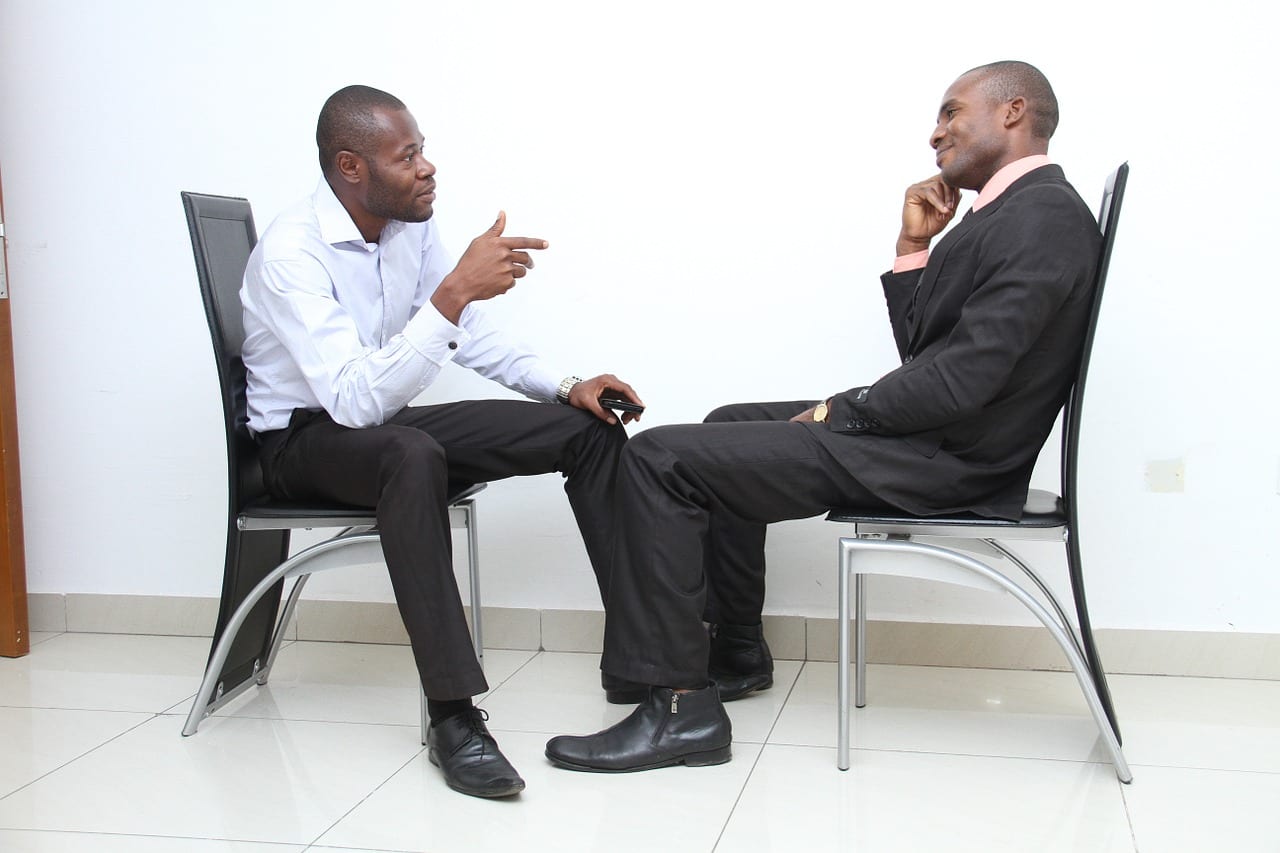The art of interviewing is more than sitting in front of a potential candidate and firing questions at him or her; it means getting an in depth understanding of a person’s skills, personality, and desire to succeed. The interviewer should know a lot about the person they just spent time with, not just from the questions that are asked, but from the information the interviewee provides during the interview. In general, the person asking the questions should only be speaking about 20 percent of the conversation; the rest of the conversation should come from the interviewee as this is the only way to get to know this candidate that is expressing an interest in joining the company. There are several interviewing methods that can be used aside from the traditional one-on-one interview; utilizing these methods may be of benefit a company that has a position to fill.
Interviews with Pressure
One-on-one interviews are often easy enough for the interviewee to get comfortable. If a candidate needs to be seen under pressure, try the group interview. This process involves several people interviewing the candidate at one time. This will help to showcase the candidate’s ability to operate under pressure and even multi-task as the candidate has several questions asked in a short amount of time from multiple people. If the position being filled is one that undergoes a great deal of pressure, this is a great way to see how that might be handled by the candidate.
If even more pressure is required in order to see how a particular candidate would handle the stress of a certain job, a stress interview might be in order. In this interview, the person asking questions, drills the interviewee until the desired answer is obtained. The more the candidate talks around the question, the more the interviewer directly asks the question, asserting increased levels of pressure with each additional question. Many people buckle under this type of interview which helps managers quickly eliminate them from the candidacy pool.
Interviews to Determine Soft Skills/Traits
Not all jobs are based on what skills a candidate possesses. Of course, this is a key part of having the position, but sometimes traits or soft skills weighs more than skills. Hard skills, for example, typing, answering a phone, or filing can be taught, but personality skills are innate. The behavioral interview helps to determine the traits of a candidate by asking questions that cannot be answered with “yes” or “no.” Questions that a person might be asked to answer in a behavioral interview include “Tell me more about your job at XYZ Company,” or “Tell me why you decided to enter the finance industry.” These types of questions require the candidate to tell a story about themselves. The interviewer can then pay attention to how the question is answered to determine the soft skills of the candidate.
The interview type chosen should be the same for every candidate for a particular position. This is the only way to ensure that a proper comparison can be made. In fact, in order to ensure a proper evaluation, every candidate should be asked the same questions. This gives the interviewer ample opportunity to effectively compare everyone on the same level. It is not fair to compare one person based on a one-on-one interview and another on a group interview. One was under pressure while the other might have been completely comfortable with the one person interview. Keeping everything uniform can help to elicit the best response from interviewing, providing companies with the best candidate in the end and keep you out of a potential discrimination claim.


